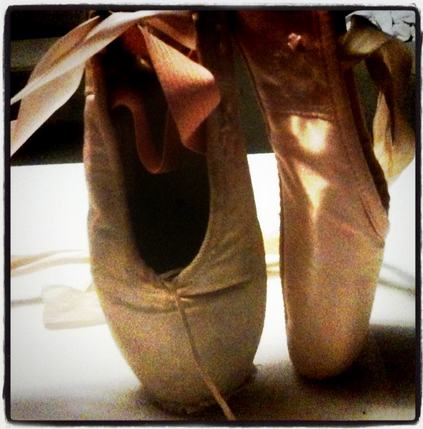I was very taken with this piece from Disrupting Dinner Parties:
Every boy I’ve ever dated had visible intercostals, because they were all athletes of a particular type. You can find it in the wild. They were all real men. Men with 4% body fat are real men. Men with a 35% body fat real men. Men with no chest hair are real men. Men whose back hair comes out of the collar of their shirt and merges with the hair on their head are real men. Men who have body hair, but choose to remove it, are also real men. (As usual, women who are small enough to have trouble finding adult clothes that fit are real women. And women who are big enough to have problems finding any clothes that fit area also real women.)
All people are in fact real people.
And this puts me in mind of my least favorite ‘body positivity’ phrase.
Real women have curves.
I mean, yes. Real women have curves mostly because it’s very hard to create fully angular people, and while they do stack better, and would probably be easier to pack into public transportation, body fat just doesn’t do that well, and people don’t do so well without body fat.
But that isn’t what this is saying. Real women have curves is just another way to preference one particularly body type (because really, what do you see in those ‘inspiring’ ads? Hourglass figure, curves only in certain places, curves that come in certain ways, and definitely don’t contain cellulite or stretch marks) over another especially restrictive one, whilst feeling like you’ve contributed to making everyone feel more included. Because now, you can try to cram yourself into Tiny Box A or Tiny Box B!
Oh, you’re not stick skinny? Real women have curves!
Just not the sort formed by fat rolls, or located in stomachs!
Real women have curves, but they’re well lit and highly made up curves!
Real women have curves, but they are young curves and definitely 70% boob curvature.
No.
Body positivity should involve actual positivity! Not a slapdash paint job on the old body policing. Body positivity shouldn’t involve mocking old standards of beauty in favor of restrictive new ones. It shouldn’t mean pretending society doesn’t have harmful messages about acceptable sizes and shapes and attach moral responsibility to failure to conform, because hey, we said that curves were cute!
Real women have passions and hopes and hearts and brains. Real women have mass and occupy physical space. Real women identify as women are not imaginary. Real women are probably damn tired of trying to be the right kind of curvy or skinny and would like to keep living without exerting their existence as simultaneously women! and their body type! and also real! over and over again, thank you.




